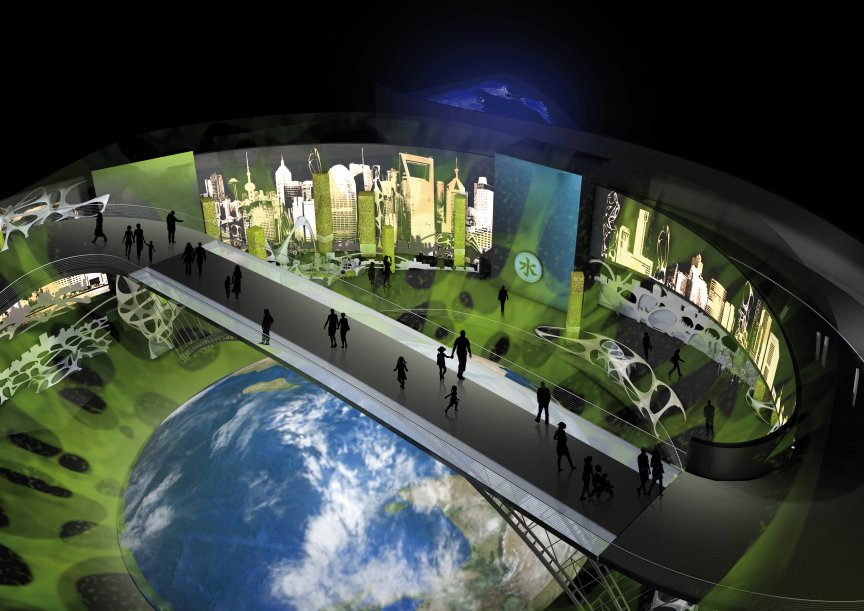Cities across the globe meet to define best practices in low emission development
by Alexandra Pfohl, Communications and Member Relations Assistant ICLEI Europe
Sometimes seeing something is the best way to learn.
That’s what representatives from 23 cities in Bangladesh, Brazil, Colombia, India, Indonesia, Lao PDR, Rwanda, South Africa and Europe had the opportunity to do on a recent European study trip on sustainable urban development and climate resilience.
Accommodating rising energy demand and vulnerability to climate change amidst rapid population growth in urban areas poses a major challenge to local authorities around the globe.
By exploring flagship initiatives and practices in ICLEI Europe Member cities Helsinki (Finland), Bologna (Italy) and Warsaw (Poland), city representatives sought to strengthen partnership and cooperation for accelerating urban low-emission development. The tour was hosted by the Urban-LEDS II project, and organized by UN-Habitat and ICLEI.

The trip marked the kick-off to a series of capacity building and city support measure for developing low-emission strategies within the project. City of Kigali (Rwanda) representative Alice Umuhorakeye, who is the city’s Environmental Protection Officer, said, “It is through demonstration projects and study tours like this, where we can study and learn from the experiences of other cities. They are an important part of capacity building to address the different challenges cities are facing.”
Urban planning, climate change and energy experts from the three host cities presented lessons learned in the area of smart, low-carbon energy supply, citizen engagement and regeneration over the course of the eight-day program.
Aiming for carbon neutrality by 2035, Helsinki laid out to city peers how it aims to reduce Greenhouse gas emissions by a staggering 80% (as compared to 1990 levels) within the next decade. Participants toured the “smart Kalasatama” neighborhood, which is exemplary for its “Climate-Smart Helsinki” approach.
Featuring one of the largest solar power plants in the country, smart energy storage, eco-efficient district cooling, smart remote-controlled transformer substation, a fault-tolerant ring network and an electric car network, the neighborhood is the first model area for a smart energy system in Finland. For visiting cities, the tour provided ample ground to exchange on concrete measures and parameters of successful smart and low-emission project implementation and their effects on livability, innovation and entrepreneurship directly with Helsinki’s experts.
In her opening speech to the international field trip Anni Sinnemäki, Deputy Mayor for Urban Environment of Helsinki, said, “The time left to reach international climate targets is very short and is requiring integrated climate actions on all levels. Local governments have a big role for implementing these actions in many areas and are crucial to encourage and facilitate ambitious emission reduction across sectors.”
Over the course of the study trip, engaging citizens to become responsible stakeholders of the sustainable development of their neighborhoods arose as an important means of effective project development.

In Italy, with Bologna’s high individual motorization rate – 53 vehicles per 100 inhabitants – and large historic and privately owned building stock -~34% of CO2 emissions from the residential sector – the city’s urban planners know the importance of private stakeholder decisions to reduce emissions effectively. Participants learned about public-private partnership models the city is embracing, like the Kilowatt initiative. With the project, Bologna seeks to promote a socially and environmentally friendly regeneration of formerly abandoned public spaces. Building on urban agriculture and circular economy models, the initiative is stimulating job opportunities, professional cooperation, inclusion, and welfare.
In Warsaw, participant cities saw and heard the story of Warsaw’s regeneration of the Vistula riverbank, which exemplifies an integrated approach to climate change adaptation and social cohesion.The project is one of the city’s biggest urban regeneration projects and set to eliminate and prevent damage to technical infrastructure caused by the projected varying water flows.
The project is a part of Warsaw’s Adaptation Strategy, developed in a three-year participatory process, and the newly built boulevard will contribute to increasing connection and mobility between city quarters in the future. The strategy was officially approved only days after the Urban-LEDS visit.
The South-South-North joint learning processes and exercises generated during the working discussions, as well as the examples from host cities will feed into the low-emission development strategies to be developed within the Urban-LEDS project.

Lessons learned during the trip furthermore informed the concluding meeting of cities at the 10th edition of the Resilient Cities conference in Bonn (Germany). The Urban-LEDS II project will continue to accelerate climate action through peer-to-peer exchanges, tailor-made guidance and capacity building, as well as advocacy work to facilitate, consolidate or develop comprehensive low-emission development strategies using ICLEI’s GreenClimateCities (GCC) methodology in the next few months.
For more information on the study trip and and short video introduction to the Urban-LEDS II project click here.






